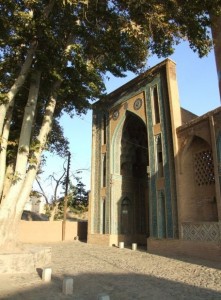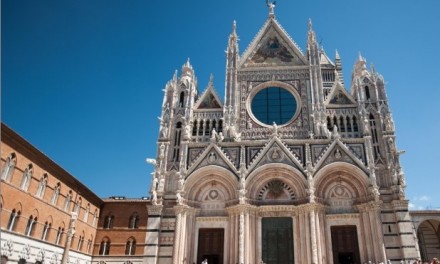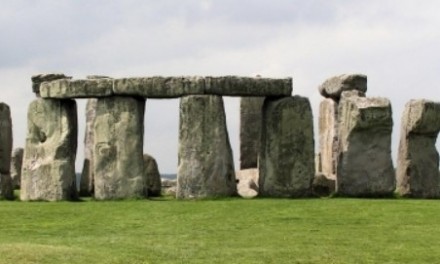 Although Iran is now an Islamic theocracy, Iranian wedding traditions still invoke traditions stemming from Zoroastranism, an ancient religion that both predated and influenced Islam, Christianity, and Judaism, among other world religions.
Although Iran is now an Islamic theocracy, Iranian wedding traditions still invoke traditions stemming from Zoroastranism, an ancient religion that both predated and influenced Islam, Christianity, and Judaism, among other world religions.
However, while the Iranian Islamic clergy considers Zoroastranism to be blasphemous against the teachings in the Koran, many traditions from this ancient religion have worked their way into Iranian culture, including some of their wedding customs.
For instance, fire and light are essential components in any Iranian wedding, symbolizing as they do, the pure, life-giving, eternal energy of the Zoroastran central deity Ahura Mazda.
Because of this, Iranian couples traditionally are married standing before a full-length mirror, which reflects light and also symbolizes the mirror of fate.
The wedding decorations at the altar also include a pair of candelabras, which represent both the bride and groom and their shining destiny in the future as a married couple.
Another reason for the mirror in the ceremony is that the groom will see his bride for the first time as a reflected image.
The reason for this is because the bride represents his future.
And although Iranian weddings have changed over the centuries because of Islamic customs and the influence of the Koran, these ancient customs have remained from olden times relatively unchanged.
In contemporary Iran, a wedding is one of the biggest events in any family’s life and must be celebrated before a large crowd of family and friends with as much pomp and circumstance as the family can afford.
A typical, traditional Iranian wedding will cost around $100,000 U.S.
Traditionally, the parents and older relatives arranged the marriage.
Modern couples are free to select their own mates, though they must obtain their parents’ consent.
Once the engagement is made, the families throw a fairly lavish engagement bash at which simple gold bands are exchanged.
Before the marriage ceremony the bride and groom undergo a ritual cleansing in which all dead skin is scrubbed off.
During this process, all excess body hair, such as on the legs or under the arms is also removed, and the woman’s eyebrows are plucked, symbolizing her transformation into a married woman.
The actual marriage itself may take place over several days, with the first day occupied with the legal formalities such as signing the marriage contract and arranging the size of the bride price or “mahr.”
The actual religious marriage ceremony may take place on the following day, followed by feasting and other celebrations, which usually last from three to seven days.




